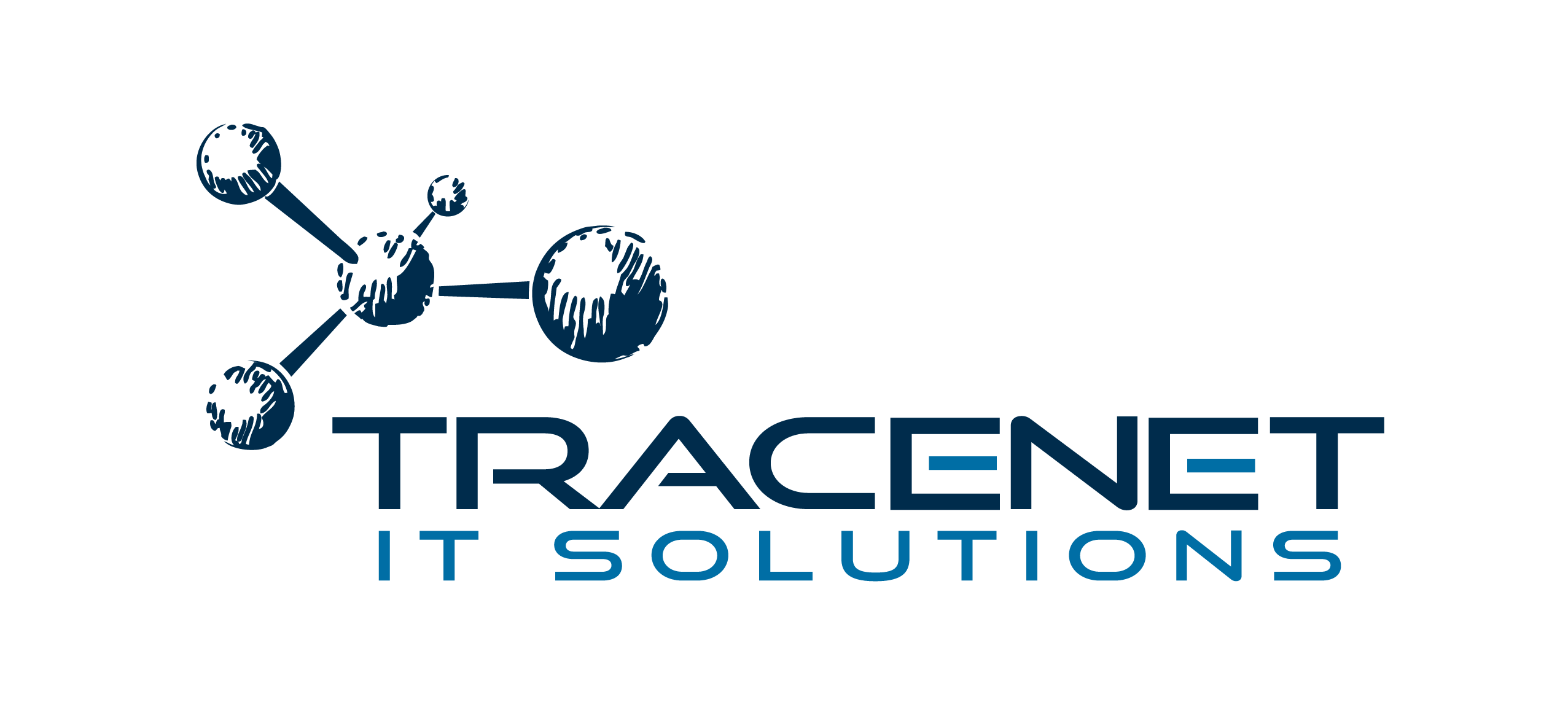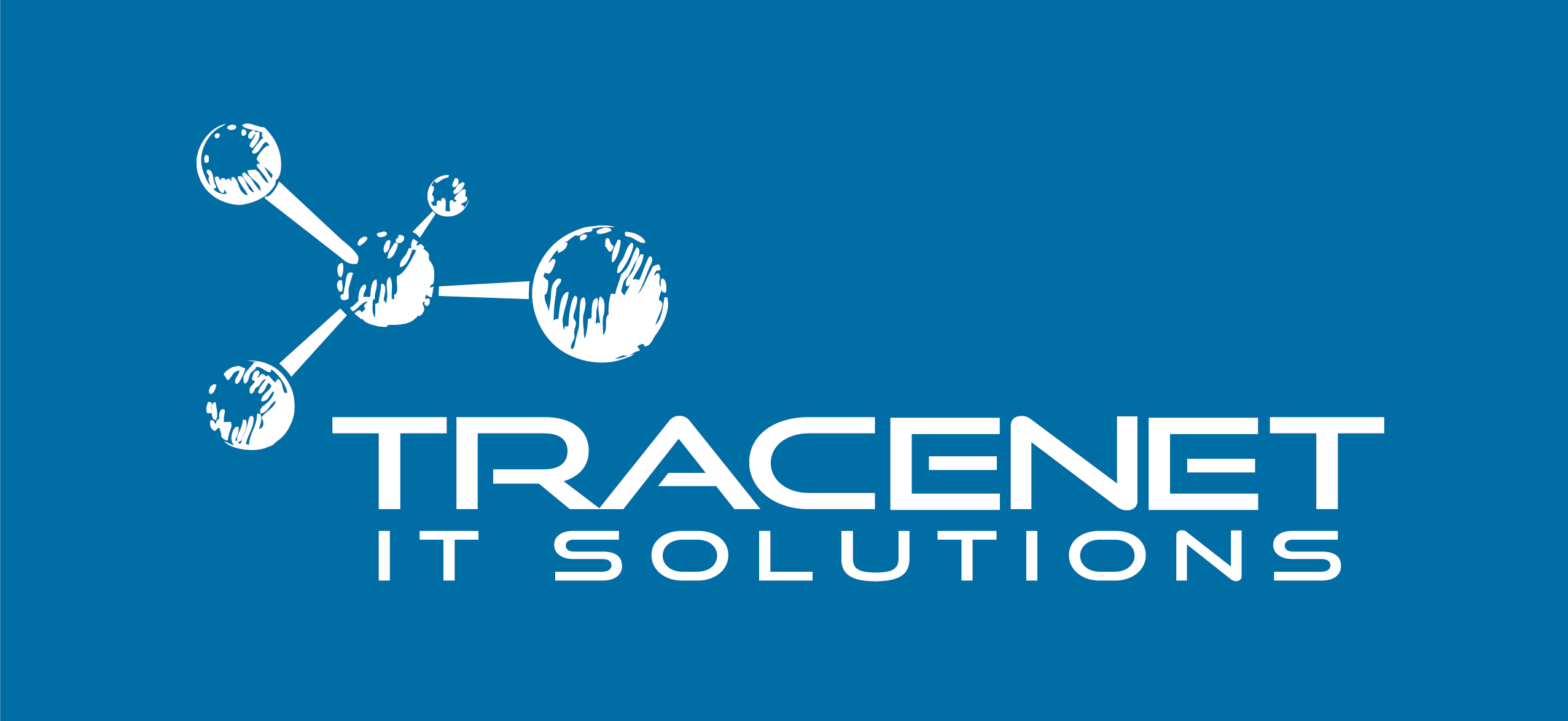Technology designed to help businesses improve the user experience and engage with consumers in a more meaningful way
Although the phrase IoB may appear to be new, it has long been prevalent in people’s daily lives. The Internet of Behaviors allows for the monitoring of the evolution of the technological market. As well as the analysis of the benefits forwarded to the marketing and performance sectors.
The future arrived sooner than anticipated. Market patterns must reflect this urgency. Find out everything you need to know about IoB and its significance in this article.
What is IoB?
IoB (Internet of Behavior) refers to an extension of the Internet of Things (IoT) that focuses on collecting and analyzing behavioral data from humans. While IoT primarily focuses on connecting physical devices and collecting data from these devices, IoB takes a step further by evaluating human behavior based on data collected by these devices.
IoB entails gathering data via sensors, wearable devices, smartphones, and other technologies that monitor human behavior. This data may include information on purchase behaviors, internet surfing habits, social media interactions, physical movements, health, and other topics.
This data is subsequently processed and examined in order to get insights into human behavior. Data collected correctly can be utilized in a variety of purposes. Including tailored marketing, improved healthcare services, fraud detection and more.
What technology is behind the Internet of Behaviors?
IoB is powered by a set of technologies that can collect and analyze data about human behavior in order to make the most informed decisions. Overall, the technologies behind this system are as follows:
- Sensors and Wearable Devices: biometric data such as heart rate, mobility, and physical activity levels are tracked by sensors placed in wearable devices such as smartwatches. These gadgets can also monitor sleep and other elements of human activity;
- Mobile devices: smartphones gather a wide range of behavioral data, such as location, web browser history, apps utilized, and social media interactions. These gadgets provide a wealth of data about user behavior.
- Data analysis: IoB relies heavily on data analytics. Machine learning and artificial intelligence are data analysis techniques that are used to process massive amounts of data and find patterns of behavior. This enables you to generate valuable insights;
- Artificial intelligence: Artificial Intelligence (AI) is significant in IoB because it allows computers to learn from data and predict future behavior based on discovered patterns.
Differences between IoB and IoT
The initial distinction between the Internet of Behaviors and the Internet of Things is in the primary focus that both provide. While IoT is more concerned with connecting physical devices and collecting and sharing data from real-world things, IoB is more concerned with collecting and analyzing data on human behavior.
The data sources are several. The Internet of Things collects data from sensors and linked devices scattered throughout physical settings, such as temperature sensors and security cameras. IoB gathers data from more intrinsically human sources, such as smartphones.
Another distinction between the two technologies is their application. Personalized marketing and healthcare services based on patient behaviors are part of the Internet of Behaviors. The Internet of Things, in turn, intends to be applied to home automation and health monitoring.
Main impacts of IoB on communication and marketing
The Internet of Behavior has undeniably had a huge impact on communication and marketing. As a result, it creates a slew of new opportunities and difficulties for businesses and individuals in the industry. Among the most significant effects are:
- Advanced customization: IoB enables businesses to acquire precise behavioral data from customers. This allows for more extensive customisation of marketing messages and content, making interactions with customers more relevant and meaningful.
- Contextual marketing: with real-time data on consumer behavior, businesses may tailor their messages and offers to the customer’s present situation. For example, based on the customer’s current activity, provide discounts or product recommendations.
- Sentiment Analysis: the Internet of Behaviors (IoB) can be used to monitor consumer sentiment based on online interactions such as social media posts, blog comments, and product reviews. This enables businesses to have a better understanding of the public’s perception of their brand and products.
- Improved customer experience: companies may provide a more personalized customer experience tailored to individual tastes by gathering data on client activity in real time. This has the potential to boost customer happiness and brand loyalty.
Why is the Internet of Behaviors so important today?
Currently, IoB has a lot of clout because it enables for enhanced customisation based on customer behavior. This results in more relevant and engaging experiences, which boosts consumer happiness and brand loyalty. This technology also gives real-time behavioral data, which can be used to make informed judgments. This is critical for businesses who seek to be agile and responsive in a volatile business climate.
Through behavioral analysis, IoB can improve patient monitoring, assist avoid diseases, and encourage better lifestyles in healthcare. In the commercial world, technology enables organizations to more successfully target their marketing initiatives, addressing the right audience with the right messaging at the right time.
What are the main benefits of IoB for companies and consumers?
For companies, the benefits may be related to:
- Advanced customization: based on precise behavioral data, IoB enables businesses to tailor their consumer interactions. This increases the relevance of marketing communications and product offers, boosting the likelihood of conversion and client loyalty.
- Improving decision making: the Internet of Behaviors (IoB) provides real-time data that can be used to make informed decisions. This comprises strategic corporate decisions, process optimization, and rapid market adaptability.
- Improved customer experience: companies may improve the whole customer experience by gaining insights into client behavior. This includes developing more client-centric products and services, as well as offering more effective customer service.
For consumers, the benefits can be:
- Customer experience: consumers are receiving more personalized offers, content, and recommendations, which makes their online interactions more relevant and pleasurable.
- Time saving: personalization and automation of processes based on customer behavior can save time and make life easier.
- Safety and accident prevention: IoB can be used to increase safety by monitoring driver behavior in order to avoid traffic accidents.
In general, the Internet of Behaviors serves a critical role in increasing the quality of enterprises’ product offers, as well as providing more comfort to users during the acquisition process. Learn more about this topic in our LinkedIn!


